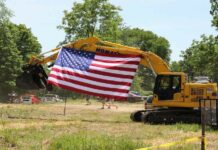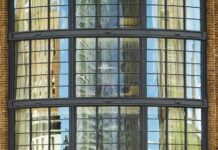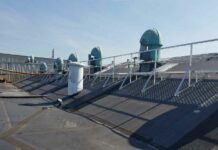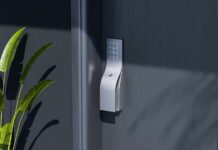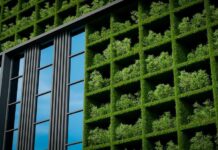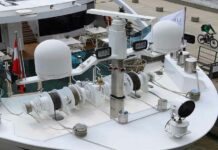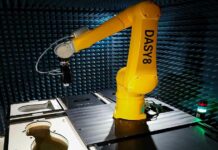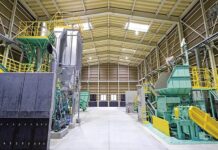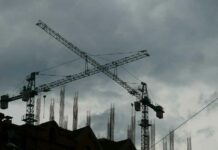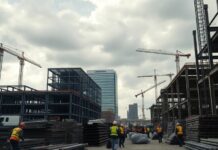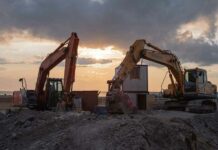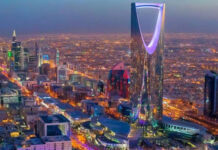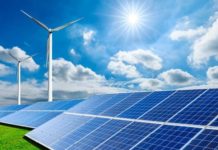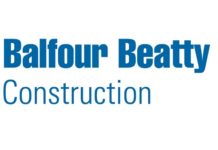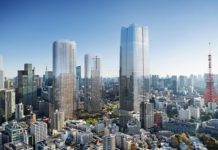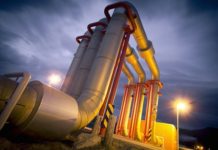Introduction
Smart fenestration technologies have changed sustainable building design paradigms by providing a basis for energy-efficient and environmentally friendly initiatives. These technologies, which are vital to the achievement of green building certifications like LEED and WELL, symbolise the combination of technology and architecture, therefore defining the future of sustainable construction. Smart fenestration systems’ impact, trends, and future in the realm of green building certifications are discussed in this paper.
Industry Context
Comprising windows, doors, and other structural glass components, fenestration is no longer just an architectural characteristic. Fenestration systems are being built to maximise energy performance, daylighting, and general indoor environmental quality as building codes and certifications get increasingly rigorous. Under “Energy and Atmosphere” and “Indoor Environmental Quality,” these systems are essential for earning LEED credits. They support Biophilic design ideas that improve occupant well-being, thermal comfort, and light optimisation for WELL certifications.
Smart fenestration systems provide real-time energy management solutions by including technology such automated shading and electrochromic windows that fit to outside environmental conditions. A Wakefield Equipment study estimates the worldwide worth of the fenestration sector would exceed $6 billion by 2028, hence highlighting its strategic relevance in sustainable construction methods.
Recent Developments
Projects seeking LEED and WELL certifications are becoming more and more integrated with technologies including thermochromic and electrochromic windows. A case study at the SMART Building of the University System of Maryland showed how fenestration technology and external perforated metal screens were used together to lower solar heat gain. Such developments not only reduce energy use but also enhance occupant comfort, hence complementing WELL’s emphasis on health-centric environments.
Next-generation fenestration systems are being pioneered by leading manufacturers such as YKK AP and GEZE. Emphasising energy saving and environmental openness via Environmental Product Declarations (EPDs), YKK AP has launched goods complying with LEED v4. Likewise, GEZE’s smart technologies work perfectly with current Building Management technologies (BMS) to offer improved operating efficiency.
Technology and Innovation Insights
Smart fenestration encompasses a variety of technologies designed to enhance performance while meeting regulatory requirements. Among these are:
- Electrochromic Glass: Capable of dynamically altering its tint, reducing glare and heat gain while maintaining natural light.
- Sensor-Integrated Systems: Automated controls that enable windows to open, close, or tint based on indoor and outdoor environmental data.
- Thermal Insulation Advances: Materials such as Transparent Insulation Material (TIM) that add insulating properties to maintain thermal comfort.
An emerging area of interest is the use of artificial intelligence (AI) in fenestration design for predictive maintenance and optimization of energy use, a feature rapidly becoming essential in high-performance building envelopes.
“Smart fenestration systems are the nexus of technology and sustainability, driving green building innovation while ensuring occupant well-being.” – Industry Expert
Changing Regulations and Compliance
Changing rules are driving the use of smart fenestration systems. Governments all across the world are including more stringent energy rules and green building requirements. The most recent iterations of LEED and WELL emphasise energy efficiency and occupant wellbeing, hence promoting innovation and study in more intelligent building parts.
For example, Germany’s building codes stress fenestration energy ratings while the U.S. Department of Energy requires minimum thermal performance standards for glazing materials in sustainable building.
The addition of fenestration to WELL criteria has also become more popular as certifications acknowledge the influence of sunshine and air quality on enhancing occupant performance and wellbeing.
Market Projections and Growth
The market for smart fenestration systems is expected to experience significant growth, driven by rising investments in smart buildings and sustainability efforts. MGS Architecture highlights that the integration of the fenestration industry into smart home ecosystems stands out as a significant trend. The systems offer connected solutions for both residential and commercial spaces by integrating Internet of Things (IoT) technologies.
A market report from Fenestration Asia 2025 underscores the growing demand for security, safety, and automation features. The Asia-Pacific regions are at the forefront of smart fenestration adoption, driven by rapid urbanization and supportive government incentives.
Challenges and Opportunities
While the future appears bright, obstacles still persist. The significant initial investment required for advanced fenestration materials and systems frequently hinders their widespread acceptance. Furthermore, opposition from established stakeholders and insufficient knowledge in installation and maintenance present significant challenges.
The retrofitting market is ripe with opportunities, as the existing building stock offers considerable potential for energy enhancements. Partnerships between manufacturers and policymakers have the potential to create innovative avenues for funding and incentives, enhancing the accessibility of these systems.
Future Outlook
The future of smart fenestration systems lies on their improved integration and usefulness. AI-powered solutions, combined with improved materials, will allow buildings to adapt autonomously to changing environmental circumstances. Research into bioadaptive fenestration systems, such as those that mimic natural processes, has the potential to transform green building design.
Consumer behaviour is also shifting, with a growing demand for wellness-focused buildings that prioritise energy efficiency and health standards. Regulations will continue to adapt, fostering innovations that are consistent with global environmental goals.
Conclusion
Smart fenestration systems represent more than just architectural advancements; they signify a transformative shift in sustainable design practices. With the progression of technology and the tightening of regulations, these systems are set to become essential in fostering environmentally responsible and health-focused built environments. By embracing innovative solutions, the construction industry advances towards a future that harmonises ecological needs with human-centered design principles.




